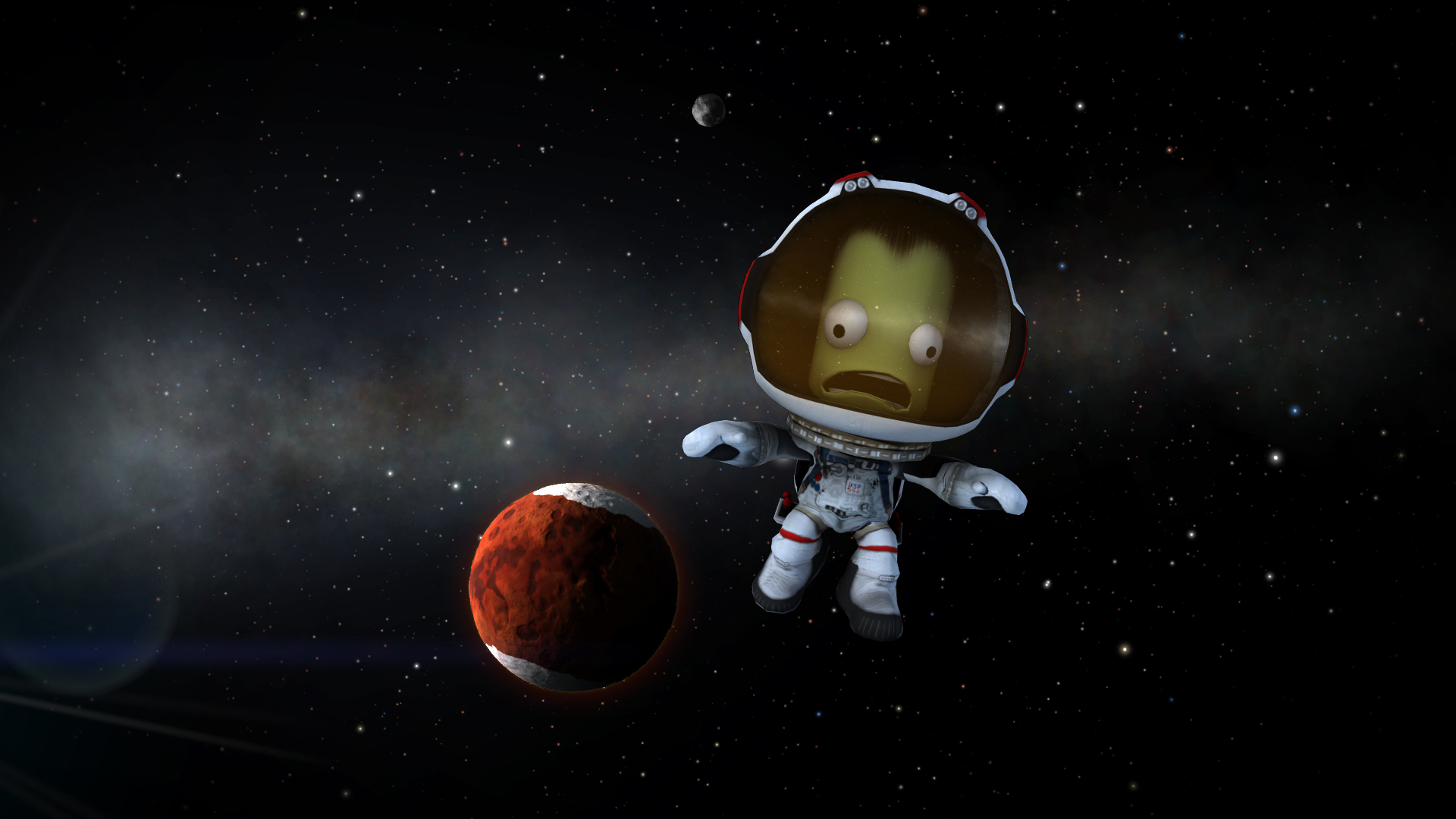

“I think there’s a level of difficulty there that makes the achievements feel that much better,” Tregoning says. The game was hard by design, but it mixed in an actual thrill in its failure rather than a frustration – something to take you back to the drawing board and try again. A dearth of in-game tutorials led KSP to being a sort of Demon’s Souls-alike online, with most conversation about it being ‘How do I do x?’, and most responses pointing to a couple of incredible, fan-made resources. Intense challenge and achievement is a cornerstone of Kerbal Space Program. That key loop has been the same since Felipe implemented it originally.” “You build a rocket, you try it, you fail – that’s intentional in a way, you fail in a fun way in a lot of cases – then you go back and you try again, and you keep going.

But the core remains: “If you think of the main loop, it’s still the same,” says David Tregoning, co-lead engineer at Squad. Said plans saw the game move from its initial state – a 2D plane, set rocket designs, nothing outside of a flat plane to ‘discover’ – to what we have today: an entire solar system to explore, rockets that can be designed however the player sees fit (not saying they’re guaranteed to work, though), the chance to voyage and discover things outside of the planet Kerbin’s atmosphere. Then that curve slowly started to flatten, and we were able to try and think about what we were doing – we could plan more.” Prepared for launch

From there just running and running – trying to catch up, juggling with everything, and trying to make it work. “It was released and got a great reaction from the public. It was unexpected at Squad, and threw the decidedly indie team somewhat off its game: “The game started really small, just trying to build a prototype,” Gomez says. Newer versions led to more impressive features, which led to more enthusiastic word of mouth, which led to more players – by the game’s v1.0 release in 2015, the game had real hype behind it. Naturally, not everybody was looking for work at Squad – there was a game to be managed here, and the successes of Kerbal Space Program only became more pronounced as it saw more development. So since the, it’s been a worldwide team.”

“One of the reasons Squad is a worldwide team,” explains Nestor Gomez, head of production at Squad, “is because since the very beginning, there were people really excited about the project and they wanted to join the team to take it further, from all over the world. From around its fourth hire, Squad was bringing in talent from outside its native Mexico, quickly setting its stall out as a collaborative, remote-based development studio welcoming anyone from around the world who had the talent to contribute. Never underestimate the appeal of space travel, though: Kerbal’s initial prototype release saw an instant response from players keen to get their rockets as high into the sky as they could without enduring a fiery failure, and an instant response from many of the same players keen to get involved in the project however they could. It’s not exactly Minecraft levels of broad appeal. What you can do has expanded massively over the years, but its core concept still revolves around what it was back on day one: you need to build a rocket, and in doing so, you can do as you please with the tools and equipment provided, as long as it obeys the rigid laws of physics. You see, while Kerbal Space Program might lure a wide range of people in with its cutesy titular Kerbals on the cover, Squad’s game has always been a hardcore simulation at its heart. It’s impossible to pin it down succinctly, the allure of a game that back in 2011 – it’s fair to say – would never have been predicted to sell millions of copies, to be sold to a major publisher (or their indie publishing label, at least) or to receive a big budget/big hype sequel under the banner of said publisher.


 0 kommentar(er)
0 kommentar(er)
